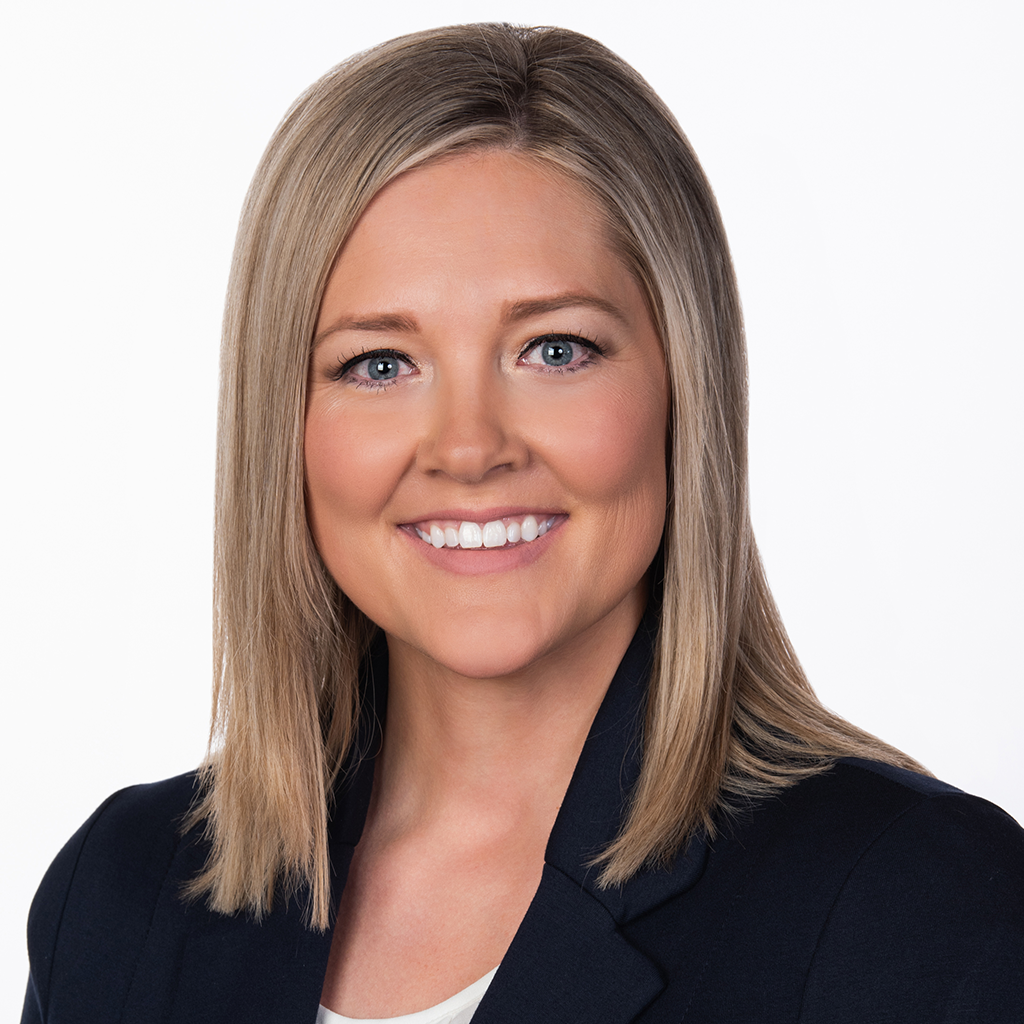Demand for office space is on the rise, possibly indicating that the bottom of the commercial office space market has passed, and a rebound is underway, Property Casualty 360 recently reported. Data from real estate tech platform VTS shows that demand for new commercial office space started rising in late 2022 and recently hit its 12th consecutive month of year-over-year growth. At the end of the second quarter, office space demand was up 17% from the previous year and 34% from December of 2022.
The trend has occurred alongside a decline in work-from-home rates. Overall, it appears the “market has reset, and the worst is officially behind us,” the CEO of VTS said in a press release.
Featured Solutions
Even businesses that allow hybrid work schedules may still require space to gather their entire teams as needed, Bitterlin added. As more companies return to or expand their office space, they should consider the risk of potential losses and review their Commercial Property Insurance to ensure they are adequately protected.
“There is an increased demand for Commercial Property Insurance. Rent is also down significantly in commercial properties, so that could be making them more favorable for businesses to occupy office space,” said Chelsie Tysdal, Associate Managing Director, Underwriter, Commercial Insurance, Burns & Wilcox, Los Angeles, California.

Many companies have seen a major need to build their culture back. We want and need to be back in an office space for the culture-building aspect.
Office space grows as younger employees seek in-person work
In March, Fortune reported that Gen Z workers in the U.S. may be increasingly opting out of remote work, with 92% working fully in-person as of February. Another study found that most workers enjoy working remotely some of the time but would prefer to spend more time in the office than they do now, the Los Angeles Times reported in January. In New York City, office space demand grew 40% from 2022 to 2023, reaching 75% of pre-pandemic demand, the New York Post reported early this year; in the U.S. overall, demand grew by 19.6%.
“Wellness areas and small breakout rooms where associates can take a private call or take a moment to have some privacy are essential. We have been adding them to all our offices,” said Casimer Daniewski, Vice President, Real Estate, H.W. Kaufman Group. “We have noticed a lot of younger individuals want to come into the office to socialize with peers and learn from more experienced colleagues. Additionally, they often live in apartments or smaller starter homes where there is not space for a home office, so they appreciate going into a nice, comfortable office setting to work. This why we believe having physical offices is essential to recruiting new talent.”

We have noticed a lot of younger individuals want to come into the office to socialize with peers and learn from more experienced colleagues. ...This why we believe having physical offices is essential to recruiting new talent.
In Canada, some cities are seeing similar trends, said Saad Ali, Associate Broking Commercial Manager, Commercial Insurance, Ontario Division, Burns & Wilcox, Ottawa, Ontario.
“Momentum appears to be building for a few cities such as Montreal, Toronto and Vancouver, with downtown vacancies decreasing and sublet space declining for premium spaces,” he said. “However, several other Canadian cities have recorded some reduction in office vacancies with only a few cities seeing a slight uptick in vacancies.”
While “premier” spaces are more likely to see growth, the overall vacancy rate has been “stuck” for lower-tier buildings, Ali added.
According to a March report from the New York Times, about one-tenth of U.S. workers had a “hybrid” work status combining in-person and virtual work, and a similar amount worked completely from home. While the increased demand for office space may come as a surprise given how many individuals continue to work from home, younger workers’ preference for in-person work could be having an impact and those new to the industry which could really benefit from that in-person collaboration, Tysdal said.
“There is quite an influx of recent graduates who are looking for that in-person training and development, especially early on,” she said. “It also can be really difficult to train and develop workers remotely.”
Various perils can impact office operations
Commercial properties are vulnerable to a variety of perils, from fire and water damage to theft and vandalism. “The number one type of loss that we see across the board with commercial property is water damage. It is important to frequent the building to ensure the systems are updated and maintained, so that a water leak is less likely to occur, and if it does it’d be caught quickly,” said Tysdal.
In addition to Commercial General Liability (CGL) Insurance, which can cover third-party bodily injury and property damage claims after incidents like slip-and-fall accidents on the property, Commercial Property Insurance is a key element in protecting office space. Both the property owner and the tenant or business owner generally need to obtain this type of policy.
“It is crucial for business owners to understand the importance of Commercial Property Insurance, which can serve as protection for both tenant and landlord covering a range of risks that can disrupt operations for both parties,” Ali said. “For tenants, leases contain specific insurance provisions and coverage requirements that tenants must adhere to and maintain. If ignored and or overlooked, this can lead to costly financial penalties and potential legal complications due to breach of contracts and even lead to eviction for the tenant.”
Landlords, meanwhile, “must be proactive and screen who will be renting and must require all commercial tenants to carry insurance to help protect against tenants’ negligence,” as well as Commercial Property Insurance that includes business interruption coverage, Ali noted. “Business interruption coverage can provide some financial support to cover lost income due to a covered event. Without these types of coverages, landlords and or tenants can be financially responsible for significant repair costs and other fees, putting their business at risk.”
Theft losses are another concern and could be on the rise as more employees move back into office spaces, Bitterlin explained. “With individuals back in the office or working in a hybrid model, you are going to have more business personal property at risk for any kind of loss,” she said.
While a building owner’s policy would mainly extend to the “shell” of the building and include coverage for loss of rental income, the Business Personal Property (BPP) portion of a business owner’s Commercial Property Insurance policy can include “anything inside the building that you own as a business,” Bitterlin said.
Discuss separate deductibles, building upgrades
According to the U.S. National Centers for Environmental Information, 2023 had the highest number of billion-dollar weather and climate disasters in a calendar year. As rising temperatures continue to bring an increased risk of severe weather events and wildfires, putting both commercial and residential properties at risk, it is becoming more common for Commercial Property Insurance policies to have separate deductibles for perils such as wind and hail or wildfire. Some property owners may seek out “buy-down policies” to decrease these deductibles, Bitterlin said.
“Many of these insurance carriers just have not been profitable and to address that, they may have to apply higher deductibles or raise premiums,” she said, adding that percentage-based deductibles are more common. “A 2% deductible on a $1 million building is $20,000. Some individuals went from a $5,000 deductible, so they cannot imagine paying that large of a deductible.”
In areas more prone to wildfires, an insurance carrier may want to know when the area was last impacted by a wildfire and what protective safeguards the property has in place to mitigate potential damage and or losses, Tysdal said. In these areas, “there may be sublimits for wildfire and very high deductibles,” she said. “We are getting reduced coverages across the board not only in terms of capacity carriers are willing to offer, but the sublimits and deductibles are less favorable as well.”
Other factors to discuss with an insurance broker include coverage for sewer backup, glass doors and windows — which may not be covered by the landlord’s policy — as well as equipment breakdown that could occur due to a power outage. “That is a very good coverage to have,” Bitterlin said.

Maintain your property the best that you can — that is going to help prevent losses.
Building ordinance and law coverage may be available that helps building owners bring a commercial property up to code if there is a loss, Tysdal said. Properly maintaining the building is also important, Bitterlin added. “If your systems have not been updated in recent years, get a contractor out there to inspect them to make sure they are operational and up to code. Maintain your property the best that you can — that is going to help prevent losses,” she said, adding that insurance carriers may also ask about whether the property has a central station burglar alarm, sprinkler systems, or security guards.
When seeking out Commercial Property Insurance, it is important to be aware of an office building’s upgrades and features, as these items can have a significant impact on insurance pricing and available coverage, Tysdal said. “How new is the building, what are the building system types and components, and when was the last time they were updated? That can really affect the occupant’s ability to get the best coverage available in the market, as well,” she said.
This includes dates for when the plumbing, wiring, heating, and roof were installed or updated, Bitterlin noted. “Know your update years for your big systems,” she said. “That is how we can get you the best coverage.”





